Related Research Articles

Bukovina is a historical region, variously described as part of either Central or Eastern Europe. The region is located on the northern slopes of the central Eastern Carpathians and the adjoining plains, today divided between Romania and Ukraine.

Avram Iancu was a Transylvanian Romanian lawyer who played an important role in the local chapter of the Austrian Empire Revolutions of 1848–1849. He was especially active in the Țara Moților region and the Apuseni Mountains. The rallying of peasants around him, as well as the allegiance he paid to the Habsburg got him the moniker Crăișorul Munților.

The Duchy of Bukovina was a constituent land of the Austrian Empire from 1849 and a Cisleithanian crown land of Austria-Hungary from 1867 until 1918.

Iancu Flondor was a Romanian politician who advocated Bukovina's union with the Kingdom of Romania.
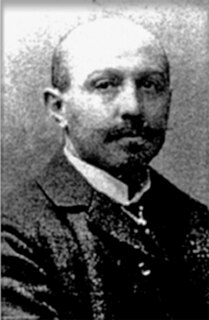
Aurel Onciul was a Romanian pro-Austrian political leader in the Austrian Bukovina, prior to its union with the Kingdom of Romania.
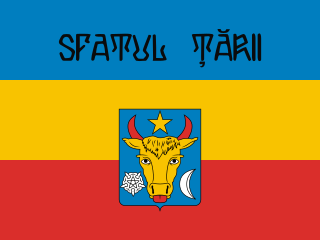
Sfatul Țării was a council that united political, public, cultural, and professional organizations in the greater part of the territory of the Governorate of Bessarabia in the disintegrating Russian Empire, which was transformed into a Legislative body and proclaimed the Moldavian Democratic Republic as part of the Russian Federative Republic in December 1917, and then union with Romania in April [O.S. March] 1918.

Gheorghe Flondor was Romanian politician who served as Royal Resident of Ținutul Suceava from February 7, 1939 to September 23, 1940.
The Democratic Union Party was a political group in Romania, one of the political forces which claimed to represent the ethnic Romanian community of Bukovina province. The PDU was active in the wake of World War I, between 1919 and 1923, having for its leader the historian and nationalist militant Ion Nistor. It was formed by Nistor and other activists who wrote for the regional periodical Glasul Bucovinei, and, as a consequence, the party members were commonly referred to as Glasiști ("Glas-ists").
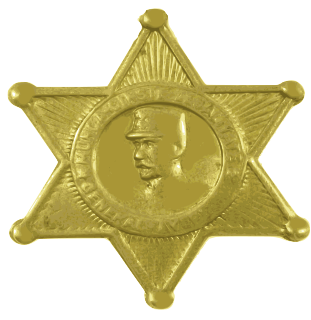
The People's Party, originally People's League, was an eclectic, essentially populist, mass movement in Romania. Created by World War I hero Alexandru Averescu, it identified itself with the new politics of "Greater Romania" period, and existed for almost as long as Greater Romania did. The PP broke with the antiquated two-party system, creating a wide coalition of lobbies, and advertised itself as the new challenge to the National Liberal Party (PNL). The group was held together by Averescu's charisma, and was popularly known as partidul averescan, "the Averescan party".
Volcinschi Noble family from the Eastern European aristocracy which participated with considerable distinction in the social, political and spiritual life of Moldavia and Wallachia.
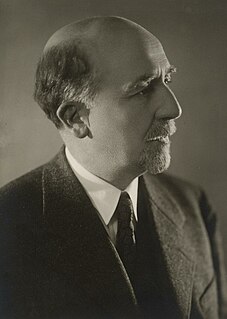
Sextil Iosif Pușcariu was an Austro-Hungarian-born Romanian linguist and philologist, also known for his involvement in administrative and party politics. A native of Brașov educated in France and Germany, he was active in Transylvania's cultural life and worked as a Romanian-language professor at Czernowitz in the Duchy of Bukovina. He began his scholarly career in 1906, when he was tasked with compiling a general dictionary of the Romanian language. Interested in a variety of disciplines, Pușcariu published widely and brought new ideas into Romania, as well as overseeing two monumental projects related to the language: advancing his dictionary to the letter "L", and creating an atlas of the language.
The Socialist Workers Party of Romania, later renamed the Independent Socialist Party of Romania, was a political party in Romania. The party was founded in Bucharest on 15 July 1928, as a leftist splinter group of the Social Democratic Party, formed by a minority that opposed the cooperation with the National Peasants' Party.

Gheorghe Bogdan-Duică was an Imperial Austrian-born Romanian literary critic. The son of a poor merchant family from Brașov, he attended several universities before launching a career as a critic, first in his native town and then in Czernowitz. Eventually settling in Bucharest, capital of the Romanian Old Kingdom, he managed to earn a university degree before teaching at a succession of high schools. Meanwhile, he continued publishing literary studies as well as intensifying an ardently nationalistic, Pan-Romanian activism. He urged the Romanian government to drop its neutrality policy and enter World War I; once this took place and his adopted home came under German occupation, he found himself arrested and deported to Bulgaria. After the war's conclusion and the union of Transylvania with Romania, he became a literature professor at the newly founded Cluj University. There, he served as rector in the late 1920s, but found himself increasingly out of touch with modern trends in literature.

Constantin Ritter von Isopescu-Grecul was an Austro-Hungarian-born Romanian jurist, politician, and journalist. He represented the region of Bukovina and a Romanian constituency in the Austrian House of Deputies continuously from 1907, participating in the political events of World War I. He was foremost known as a legal reformer and a political moderate, who objected to radical forms of Romanian nationalism and mainly sought to obtain a special status for the Romanians within a reformed Austria. His loyalism was rewarded by the Austrian authorities and antagonized the Romanian National People's Party, but Isopescu-Grecul also took distance from the pro-Austrian line advocated by Aurel Onciul. In 1908, Isopescu-Grecul joined Nicu Flondor and Teofil Simionovici in creating an Independent Party, which espoused a moderate program. He later rallied behind Iancu Flondor, embracing his conservative approach to national issues.

The Democratic Peasants' Party, also known as Democratic Party, Peasants' Party, National Democratic Party or Unirea Society, was a provincial party in Bukovina, Austria-Hungary, one of several groups claiming to represent the ethnic Romanians. It had a national liberal and left-wing populist agenda, and was mainly supported by "the peasants, the village teachers, and some of the intellectuals." Its leader was Aurel Onciul, seconded by Florea Lupu, both of whom were adversaries of the conservative and elitist Romanian National People's Party (PNPR). Rejecting sectarianism, the PȚD combined Austrian and Romanian nationalism, as Onciul argued that Romanian aspirations could only be fulfilled inside the multi-ethnic empire. For this reason, and for its role in dividing the Romanian vote, the party was often accused of double-dealing.
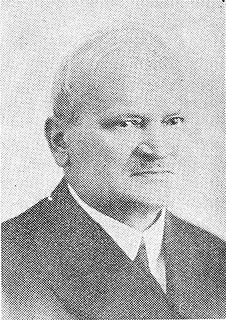
Ștefan Cicio Pop was a Romanian politician.
The union of Bukovina with Romania was declared in 28 November 1918, being officially recognized by the international community in 1919 and 1920.

Greater Moldova or Greater Moldavia is an irredentist concept today used for the credence that the Republic of Moldova should be expanded with lands that used to belong to the Principality of Moldavia. Historically, it also meant the unification of the lands of the former principality under either Romania or the Soviet Union. Territories cited in such proposals always include Western Moldavia and the whole of Bessarabia, as well as Bukovina and the Hertsa region; some versions also feature parts of Transylvania, while still others include areas of Podolia, or Pokuttia in its entirety. In its most post-Soviet iterations, "Greater Moldova" is associated with a belief that Moldovans are a distinct people from Romanians, and that they inhabit parts of Romania and Ukraine. It is a marginal position within the Moldovan identity disputes, corresponding to radical forms of an ideology polemically known as "Moldovenism".
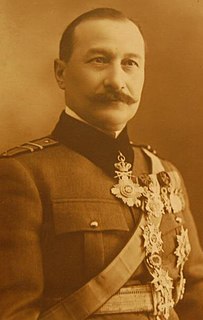
Iacob Zadik was a Romanian artillery and infantry commander, who rose to the rank of divisional general. An assimilated ethnic Armenian, he prepared for a career in the Romanian Land Forces beginning at age nine. This led him to complete military training at several schools, including the Higher War School, where he graduated in 1898. Involved in repressing the 1907 Peasants' Revolt, he fist saw field action during the Second Balkan War (1913). He spent the early years of World War I in France, appointed to the staff of Joseph Joffre, but returned in time to participate in the Romanian offensive of 1916. As one of the leaders of the First Army, Zadik then took part in the defense of Moldavia, specifically the battles of Mărășești and First Oituz. During the armistice period of early 1918, he took leadership of the 8th Infantry Division in Botoșani.
References
| Wikimedia Commons has media related to General Congress of Bukovina . |
- ↑ Irina Livezeanu (2000). Cultural Politics in Greater Romania: Regionalism, Nation Building & Ethnic Struggle, 1918-1930. Cornell University Press. p. 59. ISBN 0-8014-8688-2.
- ↑ Constantin Kiriţescu (1989). Istoria războiului pentru întregirea României: 1916 - 1919. Ed. S̨tiint̨ifică s̨i Enciclopedică. ISBN 978-973-29-0048-2.
- ↑ Minoritatea ucraineana din Romania (1918-1940) Archived October 17, 2015, at the Wayback Machine
- ↑ Grigore Nandris, Zile traite in Bucovina, in Amintiri răzlețe din vremea Unirii, Cernăuti, 1938, p. 256.
- ↑ Mușat, Mircea, Ardeleanu, Ion, ''From Ancient Dacia to modern Romania, Editura Științifică și Enciclopedică, Bucharest, 1985, p. 685
